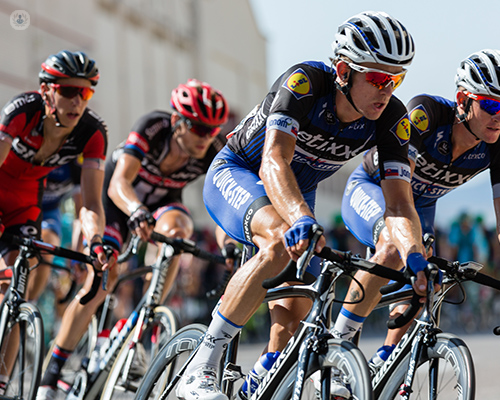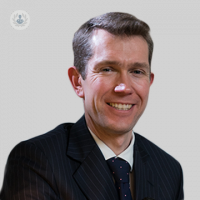ACL reconstruction – the single tendon hamstring repair technique
Autore:An ACL reconstruction is needed for people who have had a knee injury and torn, (or ruptured, which has the same meaning) the anterior cruciate ligament (ACL). The ACL is the key structure responsible for stopping the knee giving way during twisting and pivoting activities. If the knee is giving way or feeling unstable after an injury you may well need an ACL reconstruction.

What is the procedure for ACL reconstruction?
ACL reconstruction is performed as a keyhole surgery procedure. The operation usually takes less than an hour. The procedure is done under a general anaesthetic, but can be done with the patient awake and the leg numbed. ACL reconstruction is usually done as a day case, meaning that most people can go home the same day, but will need crutches for a week or two.
What is the single tendon hamstring repair technique for ACL reconstruction?
The traditional, 'old-fashioned' way to make a new ACL is by using the two main hamstring tendons from the leg, folding them over to make them double thickness, and implant this in the knee. At the end of the surgery there is spare tendon left over which gets thrown away. This can seem a waste, and there is a lot of pain and weakness associated with losing both of the hamstring tendons. For this reason Mr Willis-Owen has developed a technique to use just one of the tendons and fold it over twice to give four strands of the same tendon.
This method produces strands that are almost always just the right length and actually give a thicker, stronger ACL without any wastage. This technique also avoids the additional damage of cutting out the second tendon. The single tendon hamstring repair technique is gradually being adopted by other surgeons as the preferred method.
How long does it take to recover from ACL reconstruction surgery?
Most people need crutches for a week or two following ACL reconstruction surgery, and will be walking well, without any limp by six weeks. Activities such as cycling can starts at six weeks and running after about week eight or ten. However, because of the time it takes for the graft to heal into the body most people need a full nine months before returning to full twisting and pivoting sports.
If you feel that you may need ACL reconstruction, and would like a consultation with a specialist, make an appointment here.


